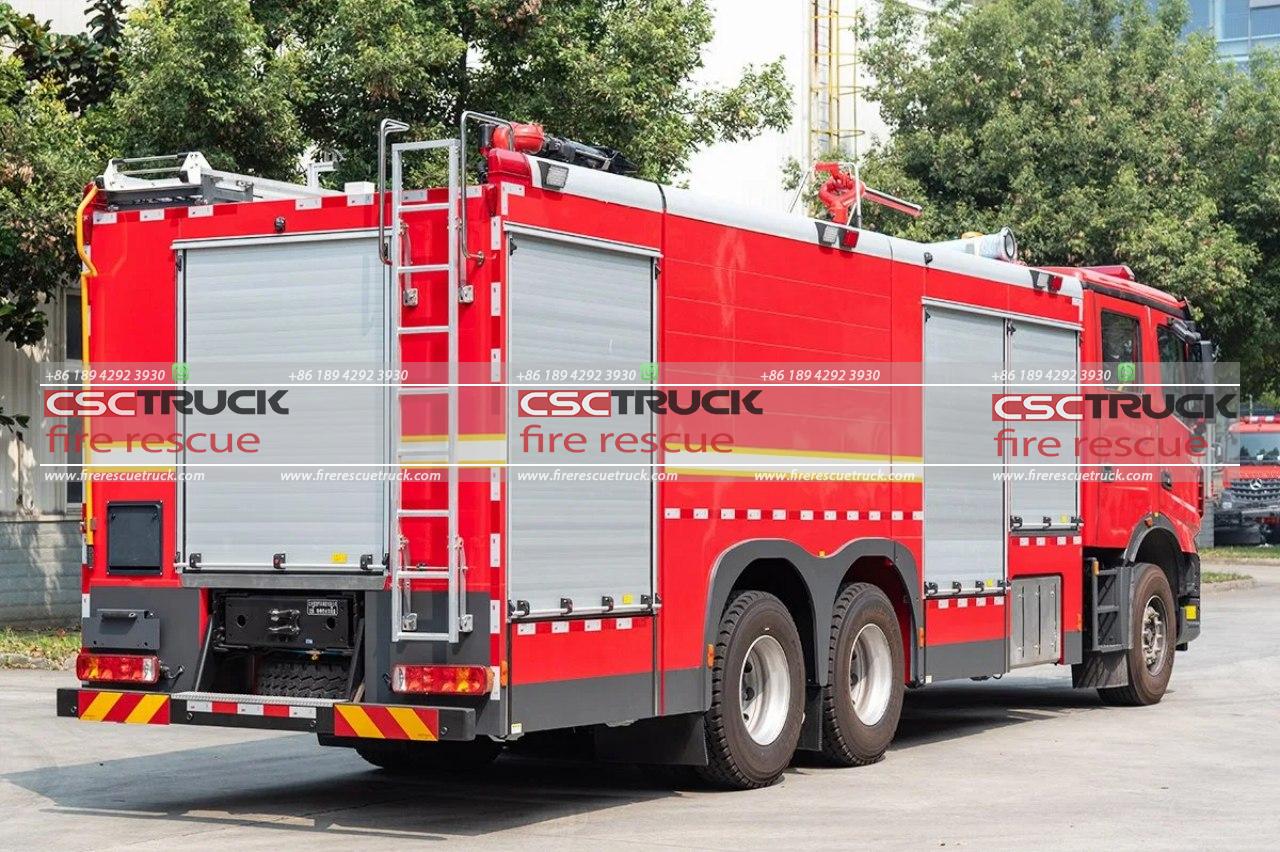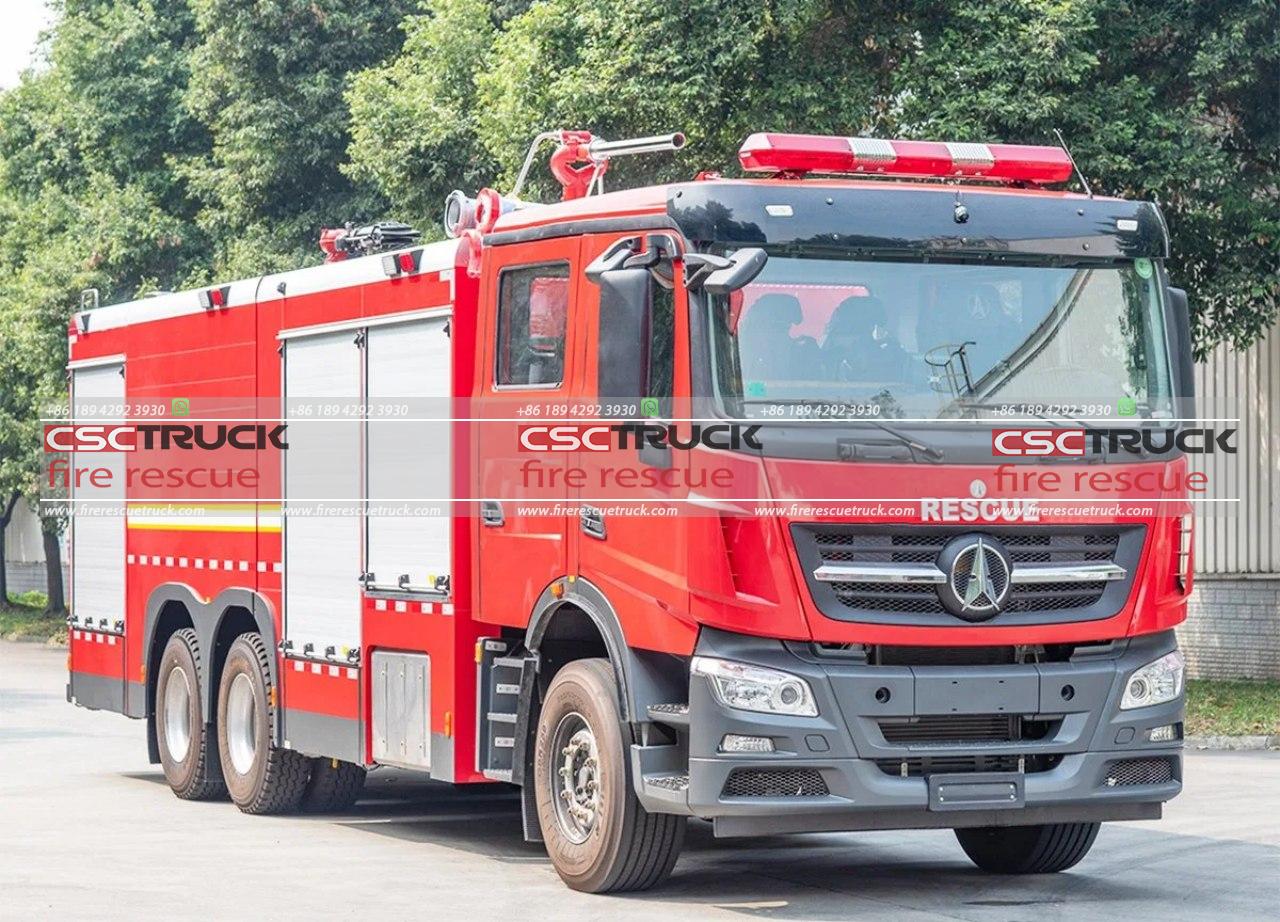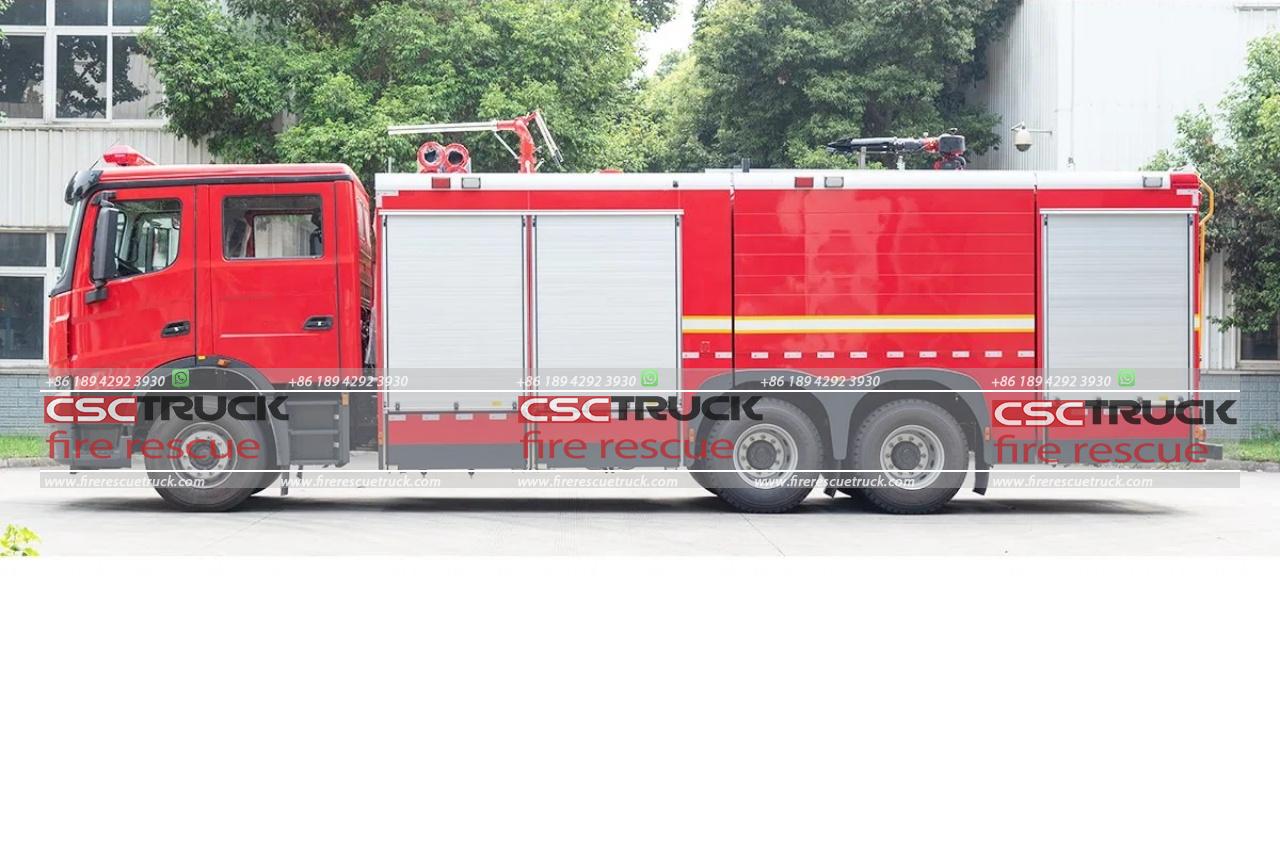In the realm of emergency response, preparedness is paramount. When chemical emergencies strike, the need for specialized equipment and trained personnel becomes critical. Among the arsenal of tools available to firefighting and hazmat teams, hazmat fire trucks stand out as formidable assets designed to contain, control, and conquer chemical disasters. These specialized vehicles serve as the frontline defense against hazardous materials incidents, safeguarding both lives and the environment.
The Rising Threat of Chemical Emergencies
Chemical emergencies pose unique challenges to emergency responders due to the volatile and unpredictable nature of hazardous materials. These incidents can range from minor spills to catastrophic industrial accidents, endangering lives, property, and the surrounding ecosystem. With industries relying heavily on the transportation and storage of hazardous substances, the potential for accidents is ever-present. Moreover, the intentional release of chemical agents in acts of terrorism further underscores the need for robust preparedness measures.

Hazmat Fire Trucks: A Versatile Solution
At the forefront of chemical emergency response are hazmat fire trucks, specially equipped vehicles designed to handle a variety of hazardous materials incidents. These trucks are equipped with a suite of advanced technologies and specialized tools tailored to the unique demands of mitigating chemical hazards. From containment and decontamination to firefighting and personnel protection, hazmat fire trucks are versatile platforms that enable responders to tackle complex scenarios with precision and efficiency.
Containment: Preventing the Spread of Hazardous Materials
Containment is the first line of defense in managing chemical emergencies. Hazmat fire trucks are equipped with containment systems that allow responders to establish exclusion zones and prevent the spread of hazardous materials. This may involve deploying foam barriers, erecting containment berms, or using absorbent materials to contain spills and leaks. By confining the hazardous material to a defined area, responders can minimize the extent of the incident and prevent further contamination of the surrounding environment.

Control: Mitigating Risks and Stabilizing the Situation
Once the hazardous material is contained, the focus shifts to controlling the situation and mitigating risks. Hazmat fire trucks are equipped with a range of specialized equipment, including chemical sensors, air monitoring devices, and remote-controlled robots, to assess the nature and extent of the hazard. This data enables responders to develop an effective response strategy and implement measures to stabilize the situation. Whether it involves neutralizing chemical agents, plugging leaks, or suppressing fires, hazmat fire trucks provide the tools and capabilities needed to exert control over chemical emergencies.
Conquer: Safely Resolving Chemical Incidents
Ultimately, the goal of hazmat fire trucks is to conquer chemical emergencies and restore safety to the affected area. This requires a coordinated and systematic approach that addresses all aspects of the incident, from containment and control to decontamination and cleanup. Hazmat fire trucks are equipped with decontamination systems, such as showers, washdowns, and vacuum systems, to safely remove hazardous materials from personnel, equipment, and the environment. By effectively managing the aftermath of a chemical incident, hazmat fire trucks help mitigate the long-term impact on public health and the environment.

The Role of Training and Preparedness
While hazmat fire trucks are invaluable assets in chemical emergency response, their effectiveness ultimately depends on the training and preparedness of the personnel operating them. Responders must undergo rigorous training in hazardous materials handling, chemical identification, and emergency response protocols to utilize hazmat fire trucks effectively in high-pressure situations. Additionally, regular drills, exercises, and scenario-based training are essential for maintaining proficiency and readiness.
Conclusion
In an increasingly complex and interconnected world, the threat of chemical emergencies looms large. Hazmat fire trucks represent a vital component of emergency response systems, providing responders with the capabilities needed to contain, control, and conquer chemical hazards. Through advanced technology, specialized equipment, and expert training, these versatile vehicles empower responders to safeguard lives, protect the environment, and mitigate the impact of chemical incidents. As the frontline defenders against chemical emergencies, hazmat fire trucks exemplify the commitment of emergency responders to ensuring the safety and well-being of communities around the world.







